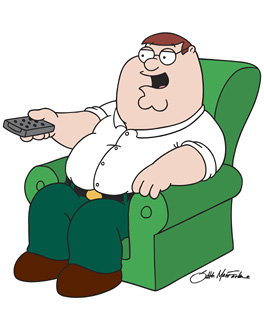An Ontology for Biological Similarities
I griped here twice about the abuse of the term homology in biology. And to quote the Bellman in The Hunting of the Snark: “What I tell you three times is true”.
But while I gripe, someone is actually doing something about the whole terminology muddle. Specifically, Marc Robinson-Rechavi and his group in The University of Lausanne have created an ontology for describing the “relation between biological objects which resemble or are related to each other sufficiently to warrant a comparison“.
An ontology is a formal representation of concepts and the relationships between them. It is usually hierarchical, with the terms going from the general to the specific. You may be familiar with the Gene Ontology as standard representation of the different function of genes.
Marc’s group is creating an ontology for describing biological similarities in a hierarchical fashion, going from the general to the specific. At the top they have “similarity”. The four terms under that are “homology”, “homoplasy”, “functional equivalence” and “homocracy”.
Homocracy is a term suggested in 2003 by Claus Nielsen and Pedro Martinez for describing organs/structures which are organised through the expression of identical patterning genes. The rationale being that many homologous organs may be homocratic, but some homocratic organs may not be homologous. Homoplasy means similarity due to convergent evolution, but not due to common ancestry. Fins on a tuna and a dolphin are homoplasic, but not homologous. However, the fore fins on a dolphin are homologous to our arms, being descended from the forelimbs of the common ancestor of humans and dolphins.
The deepest annotated branch is homology, and going into the whole thing here would be long and arduous. But it is very well-crafted ontology. You can play around with the HOM ontology to see more of the terms, and also see their annotations at the OBO foundry.

Top terms of the HOM ontology. You can explore more on http://keg.cs.uvic.ca/ncbo/flexviz/FlexoViz.html#
Now, if someone could sort the terminology muddle between the different dialects of the English language…
Peter (watching Cricket on British TV): What the hell is he talking about?
Englishman: Oh, it’s Cricket. Marvelous game, really. You see, the bowler hurls the ball toward the batter who tries to play away a fine leg. He endeavors to score by dashing between the creases, provided the wicket keeper hasn’t whipped his bails off, of course.
Peter: Anybody get that?
Cleveland: The only British idiom I know is that “fag” means “cigarette.”
Peter: Well, someone tell this “cigarette” to shut up.





















“Homoplasy means similarity due to convergent evolution, but not due to common ancestry.”
What happened to analogy/analogous?
@Psi Wavefunction
I don’t know. I’ll have a fag and think about it.
@Psi Wavefunction
The use of analogy in the litterature is ambiguous, so it is included as related synonym of Homoplasy and of Convergence.